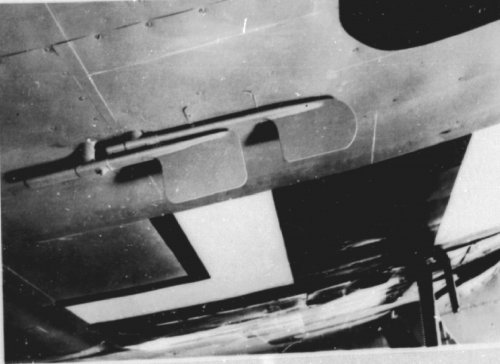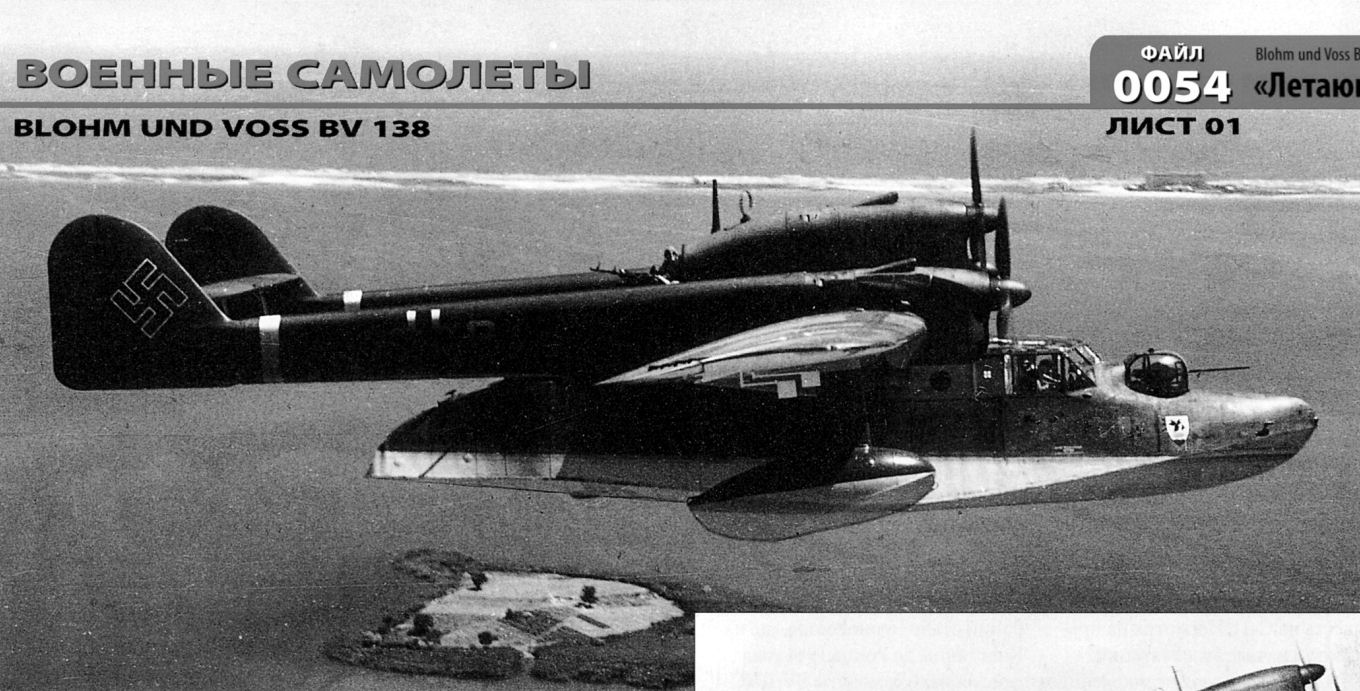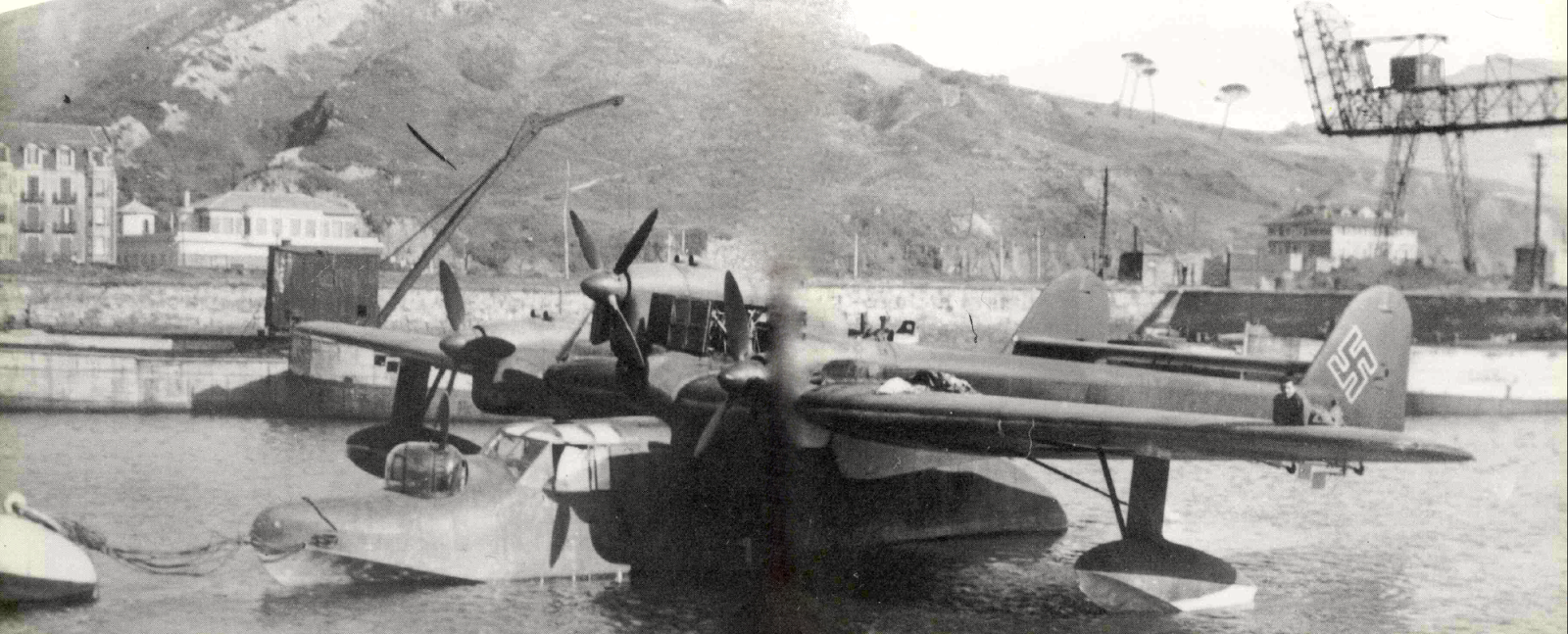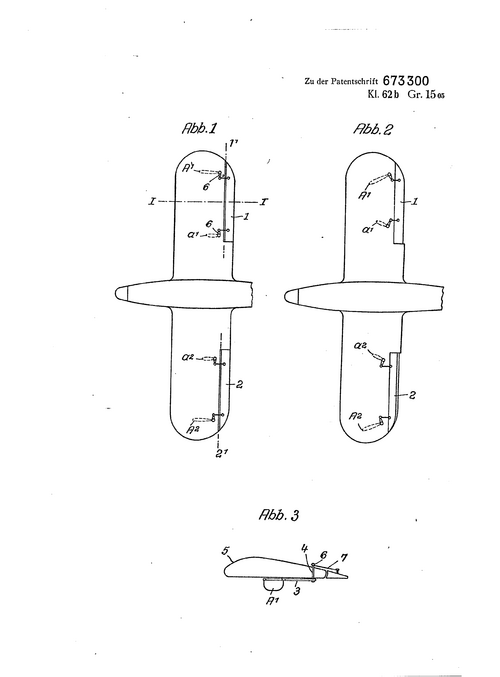Clipper996
Indeed
- Joined
- 16 April 2013
- Messages
- 20
- Reaction score
- 2
While reading the Gotha P.60 book by Myhra, I stumbled upon a quote from the interview with the chief engineer behind the P.60 where he talks about the potentially bad lateral stability which could occur on the aircraft and how it could be fixed by creating artificial stability using a mechanical device which was apparently already used on BV 141 in the form of two yaw vanes located in front of each aileron and directly connected to them, which would move the aileron in the desired direction once the vanes sense yawing resulting in more stability.
I couldn't find many pictures but I believe that this is the device he was talking about:

Does anyone have more information about this device and the mechanics behind it?
I couldn't find many pictures but I believe that this is the device he was talking about:
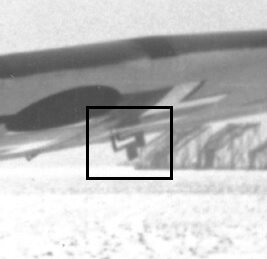
Does anyone have more information about this device and the mechanics behind it?
Last edited by a moderator:

